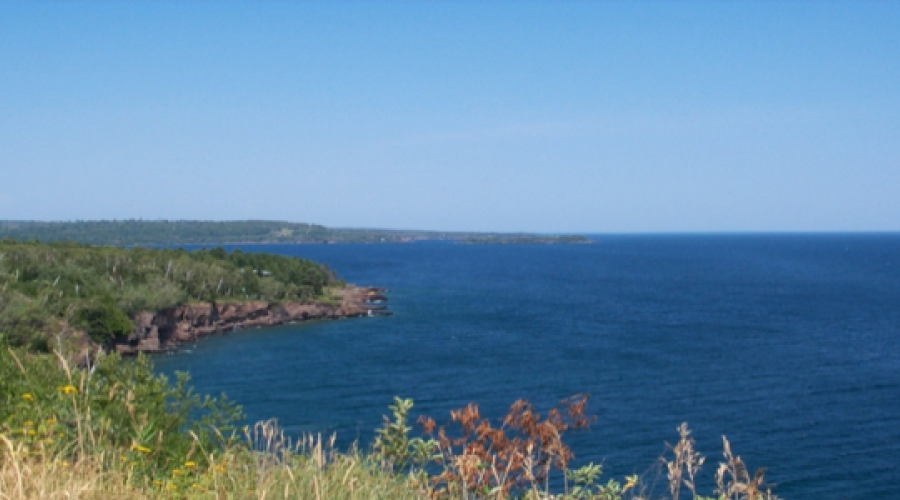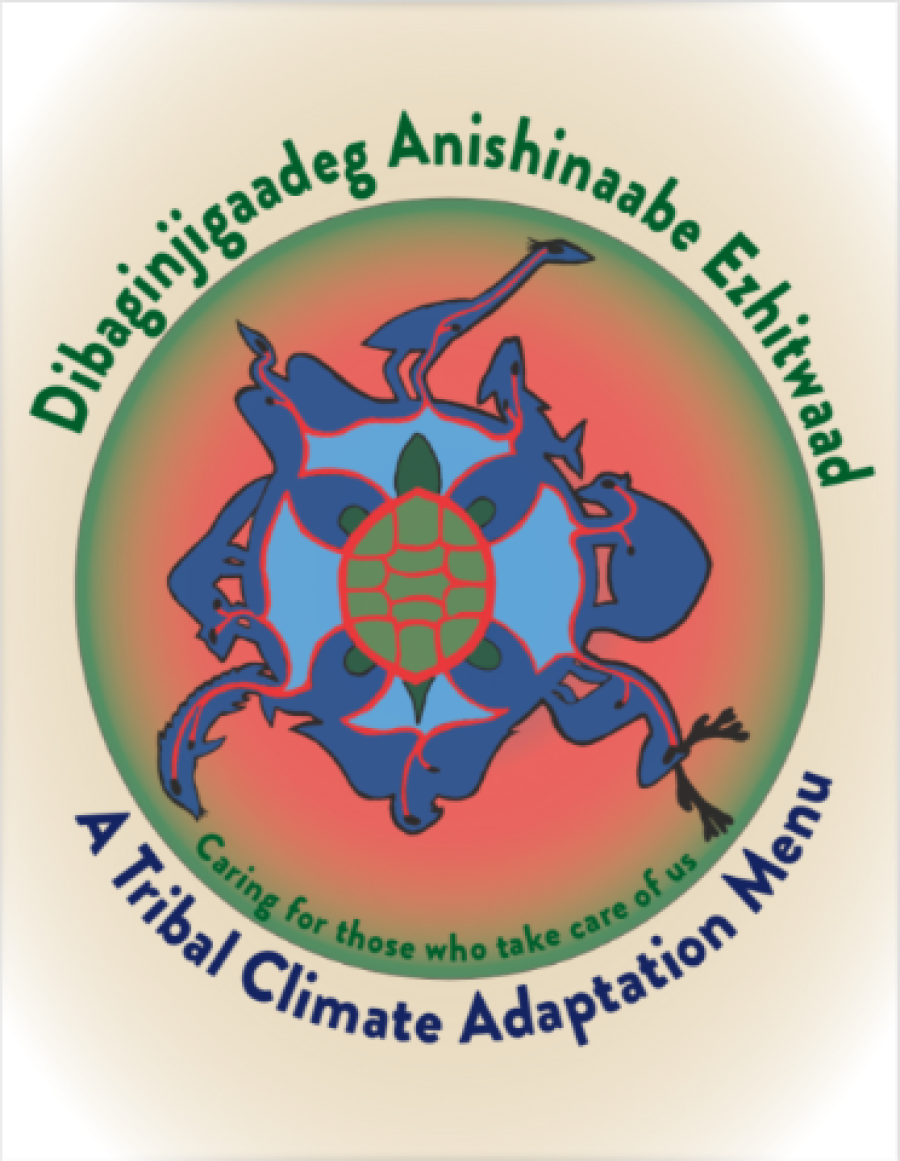Climate Change
As the climate changes, subsistence resources such as mooz (moose), ogaa (walleye) and manoomin (wild rice) will change. Impacts to the Bands and the exercise of treaty rights will be magnified since reservations and treaty areas have geographically defined boundaries that do not allow them to follow shifts or changes in natural resources that occur as the climate changes.
The 1854 Treaty Authority recognizes the need to understand the changes in climate and how traditionally harvested resources will be impacted in the 1854 ceded territory. The 1854 Ceded Territory Climate Change Vulnerability Assessment and Adaptation Plan was completed through collaboration between the 1854 Treaty Authority, Bois Forte Band of Chippewa, Fond du Lac Band of Lake Superior Chippewa, and Grand Portage Band of Lake Superior Chippewa.

The purpose for this plan is to investigate how changing climate conditions already are and will continue to affect the landscape and species within the 1854 Ceded Territory and the respective reservations. In addition to assessment of the changes, climate-related vulnerabilities and strategies were identified to create more climate resilient systems to support those resources.
The plan has also enabled the Bands to enhance the personal and professional connections between plan partners. These partnerships will be instrumental in regional adaptation planning efforts.
Building resilience to changing climate conditions is a process not an outcome. It will take strong multi-disciplinary, multi-sector, multi-organization collaboration and partnerships to continue to adapt as climate conditions change. This plan lays the foundation for on-going collaboration.
Implementation of the plan is a critical next step in the process and will be the foundation for development of the 1854 Treaty Authority Climate Change Program. The following are the programs objectives:
-
Implement and update the Climate Change Vulnerability Assessment and Adaptation Plan.
-
Conduct outreach and education in relation to climate change impacts to resources.
-
Develop and implement s monitoring plan to assess impacts of climate change on resources.
-
Engage by expansion of partnership efforts to other management entities
HERE ARE TEN THINGS YOU CAN DO TO HELP REDUCE THE EFFECTS OF CLIMATE CHANGE:
- Be Energy Efficient: turn off lights when not in use, wash clothes in cold/warm water, hang-dry clothes when possible.
- Look for the Energy Star® label products: Replace your most frequently used light bulbs/light fixtures with Energy Start products.
- Heat and cool smartly: Change air filters regularly, use a programmable thermostat, properly maintain heating and cooling equipment.
- Seal and insulate your home: Reduce air leaks by using caulk, weather stripping, and insulation to seal your home.
- Reduce, Reuse, Recycle: Recycle your newspapers, beverage containers, paper, and compost your food/yard waste.
- Use water efficiently: Turn off water when shaving/brushing teeth, repair all toilet/faucet leaks right away and run your dishwasher with a full load.
- Be green in your yard: Reduce yard waste by recycling yard trimmings into free fertilizer and mulch, buy organic and locally grown foods, use rain barrels to water house plants, gardens and your lawn.
- Create a greener home: Use washable dish towels instead of paper, reduce use of harsh chemicals to clean your home, and use reusable bags to shop.
- Calculate your carbon footprint: Find out your impact on the earth.
- Spread the word: Tell five family members and friends how they can help reduce the effects of climate change.
More information how you can help to reduce the impacts of climate change.
Tribal Adaptation Menu
The Anishinaabeg and all indigenous communities have been adapting to the environment and changing climate conditions since their existence. However, there is a sense of importance that requires some accelerated action to strategize a plan forward to conserve the relatives (resources) that we still have. It is especially important with fixed boundaries such as the 1854 Ceded Territory, because once the resources move out of the territory there is the disruption of treaty rights. These disruptions can affect communities spiritually, mentally and physically.
In the Spring of 2017, the Northern Institute for Applied Climate Sciences (NIACS) held an Adapting Forested Watersheds to Climate Change Workshop in Minocqua, WI. A case study for a wild rice restoration project was included as part of the workshop to be used with the NIACS Adaptation Workbook and Adaptation Menu. Anishinaabeg and indigenous workshop participants felt that the current NIACS menu did not adequately recognize or incorporate cultural considerations important for climate adaptation projects. As a result, the workshop participants as well as others who used the current NIACS menu decided to discuss the development of a new menu known as Dibaginjigaadeg Anishinaabe Ezhitwaad (Caring for Those Who Take Care of Us).
The purpose of Dibaginjigaadeg Anishinaabe Ezhitwaad was to approach climate adaptation from a cultural perspective. Anishinaabeg believe their truths are still relevant and it is only now that Western facts have begun to verify knowledge that has been the foundations of their existence for millennia. Decisions for use of the relatives were originally communal decisions made with recognition and acknowledgement through respect, reciprocity, and relationships.
Dibaginjigaadeg Anishinaabe Ezhitwaad is not intended to prescribe a singular indigenous approach for caring of the land and relatives. However, Dibaginjigaadeg Anishinaabe Ezhitwaad provides suggestions to assist in addressing needs of an Anishinaabe or another indigenous community. It is encouraged for non-indigenous people or organizations interested in cultural approaches to climate adaptation and management to use Dibaginjigaadeg Anishinaabe Ezhitwaad. It is with great understanding that the underlying values and principles will guide your efforts and transform the dominant paradigm to one that is cultural, ethical, and effective.
